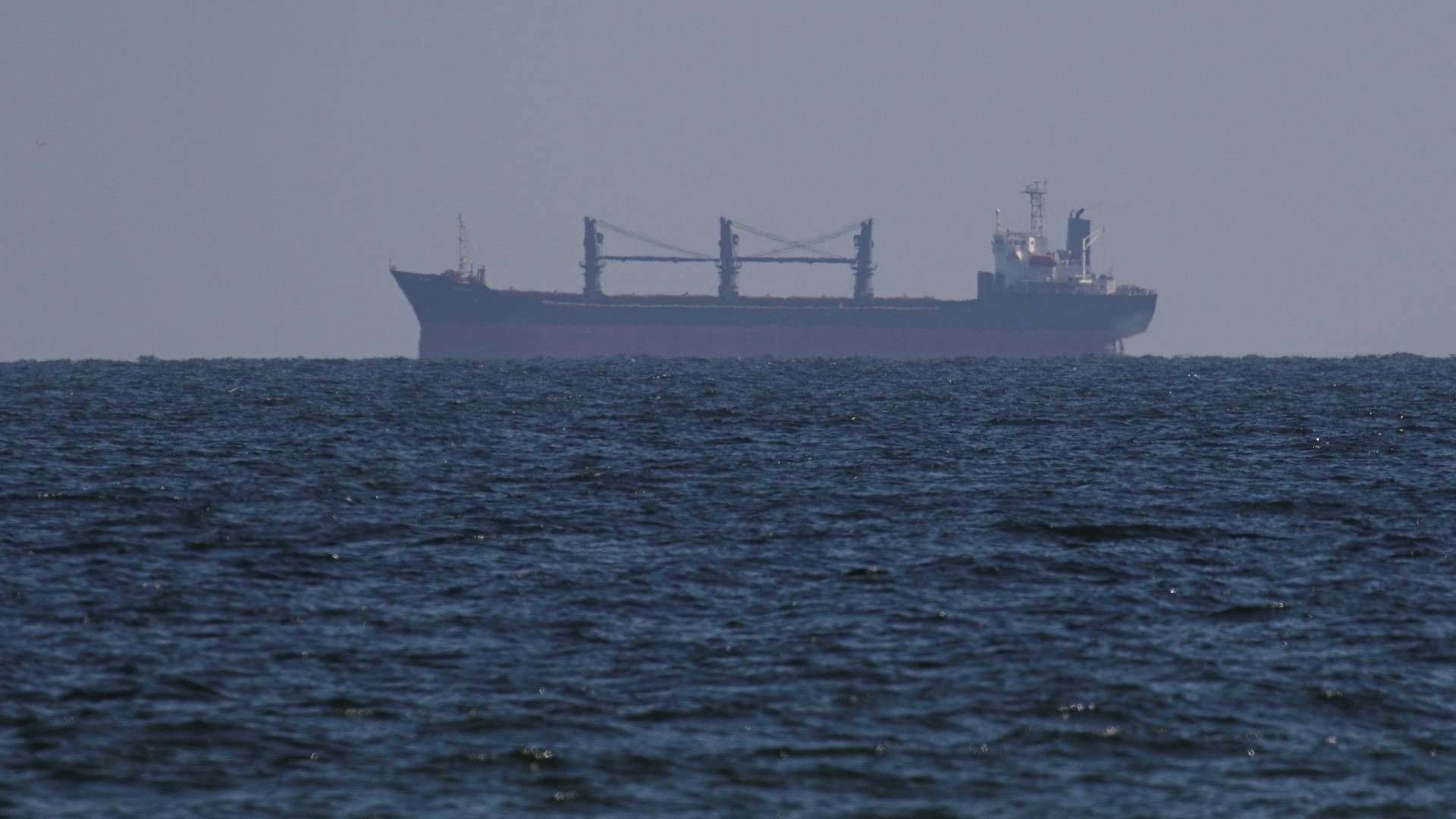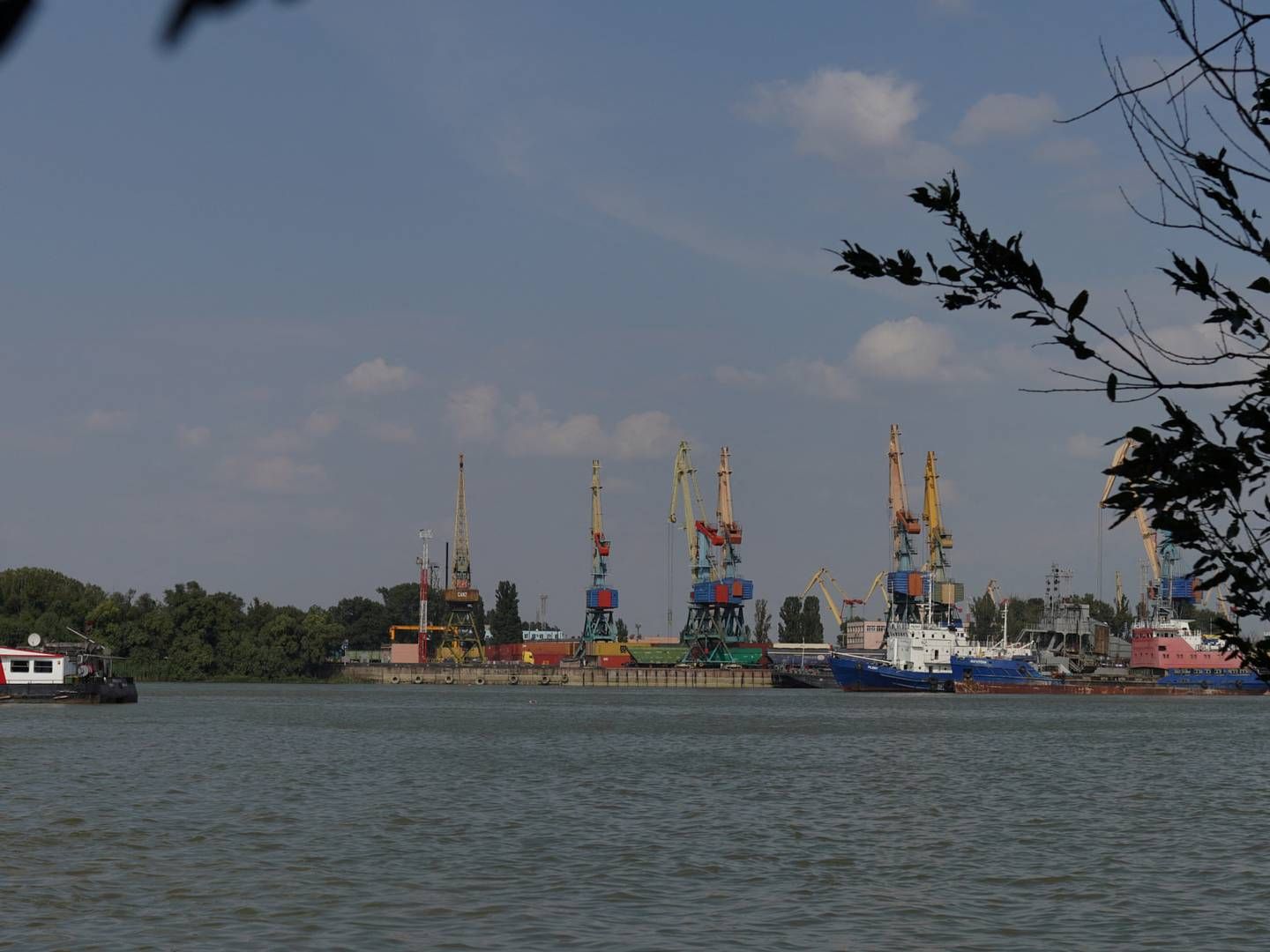First freighters sail to Ukraine since collapsed grain deal

For the first time since a grain agreement between Ukraine and Russia expired, cargo ships are heading to Ukraine through the Black Sea to pick up grain, writes AFP.
The two freighters, Resilient Africa and Aroyat, will be loaded with tonnes of grain for the African and Asian markets.
The grain agreement between Ukraine and Russia expired on July 17. Until then, it had kept grain exports from Ukrainian ports flowing.
Russia chose not to extend the agreement and has since then blocked grain exports from Ukraine. Russia has also carried out a series of attacks against Ukrainian infrastructure in the Black Sea, according to AFP.
In August, Ukraine announced that a ”humanitarian corridor” had been established in the Black Sea to avoid Russia’s blockade.
Since then, five ships have used the route to leave Ukrainian ports. But it was not until Saturday that ships took the road towards Ukrainian ports.
”The first civilian ships have used the temporary corridor to sail to Ukrainian ports,” writes the Ukrainian Deputy Prime Minister, Oleksandr Kubrakov, in a statement on Facebook according to AFP.
The minister adds that the two ships will be loaded with almost 20,000 tonnes of grain.
The grain agreement between Russia and Ukraine was signed last summer. It was negotiated with the UN and Türkiye as mediators.
The agreement secured grain exports from the two countries to global markets.
Ukraine and Russia are two of the world’s largest exporters of grain.
The war between the two countries has been going on for over a year and a half.
(Translated using DeepL with additional editing by Kristoffer Grønbæk)



















